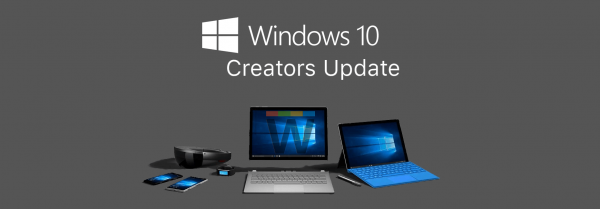Microsoft is working on a new shell (core user interface) for Windows 10 known as 'Cloud Shell'. It aims to deliver the user interface over the cloud. Essentially it is a lightweight version of Windows 10 for various devices.

This move from Microsoft may be because of the ARM SoCs to which Windows 10 Creators Update is getting ported. These mobile CPUs are much less powerful than traditional desktop-class x86 CPUs. They are more power efficient. A shell delivered over the cloud can be a suitable solution for ARM-based devices.
As of this writing, there is not much information about the Cloud Shell. We are just guessing that the Cloud Shell is being developed because of ARM devices. The information comes from Petri's article.
An operating system like Chrome OS which runs on Chromebooks is a similar modern approach to computing where most of the services and the user features are delivered from the cloud. Chromebooks have found reasonable success lately against Windows PCs. Microsoft might be looking at competing in this area with the Cloud Shell.
If Cloud Shell is going to be exclusive to ARM devices, then the Windows 10 edition with it might serve as a replacement for Windows RT. Windows RT was Windows 8 ported to ARM and later updated to RT 8.1. However because devices with Windows RT failed to be popular, there was no equivalent Windows 10-based release. The Cloud Shell is naturally expected to be built on Universal Windows Platform and will support Store apps and services. Microsoft was talking about a services-powered (composable) shell in the Windows 8.1 timeframe and it looks like they might be finally bringing it to fruition.
Cloud Shell might also be for Windows 10 on all platforms - in that case it might work like how parts of Cortana currently work - portions of the UI are rendered from the web, and its files are not installed locally.
More information about the upcoming Cloud Shell will become available later, with the official announcement. It is not known yet when Microsoft is going to introduce Cloud Shell to the public.
Source: MSPoweruser.
Support us
Winaero greatly relies on your support. You can help the site keep bringing you interesting and useful content and software by using these options: